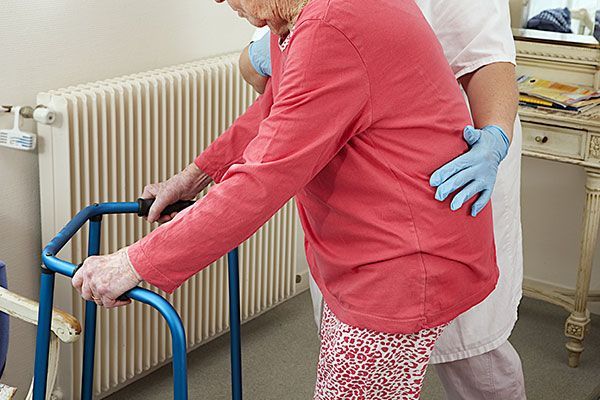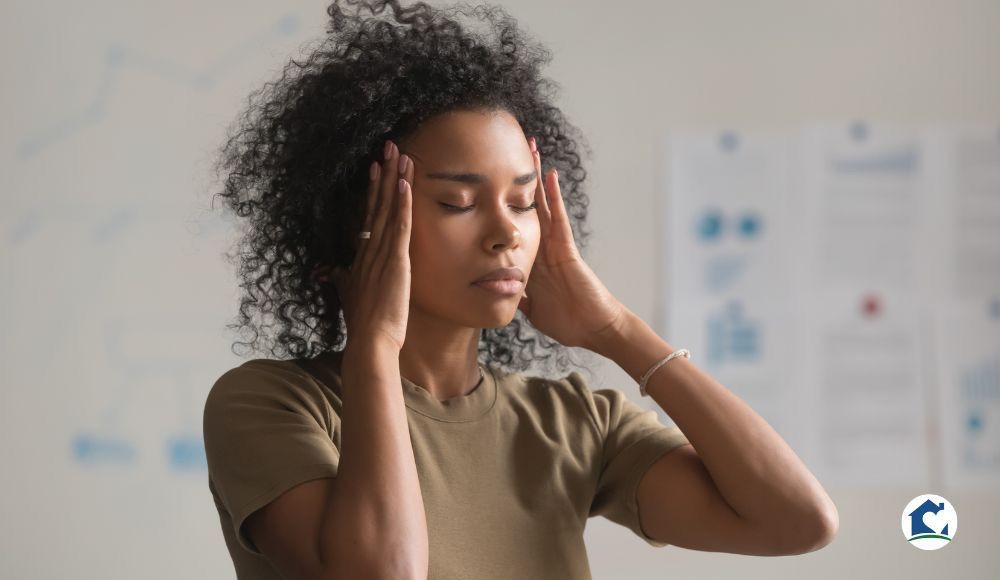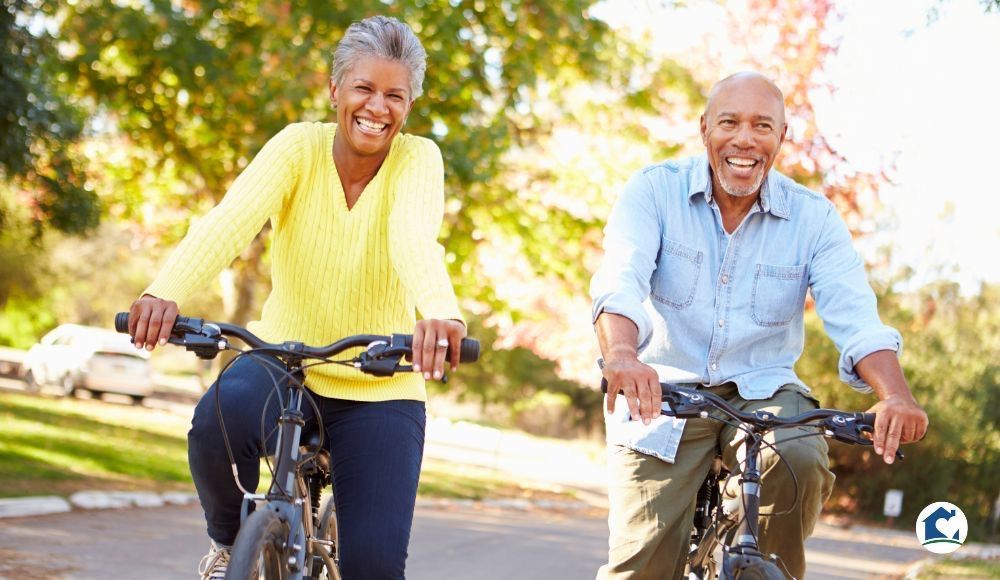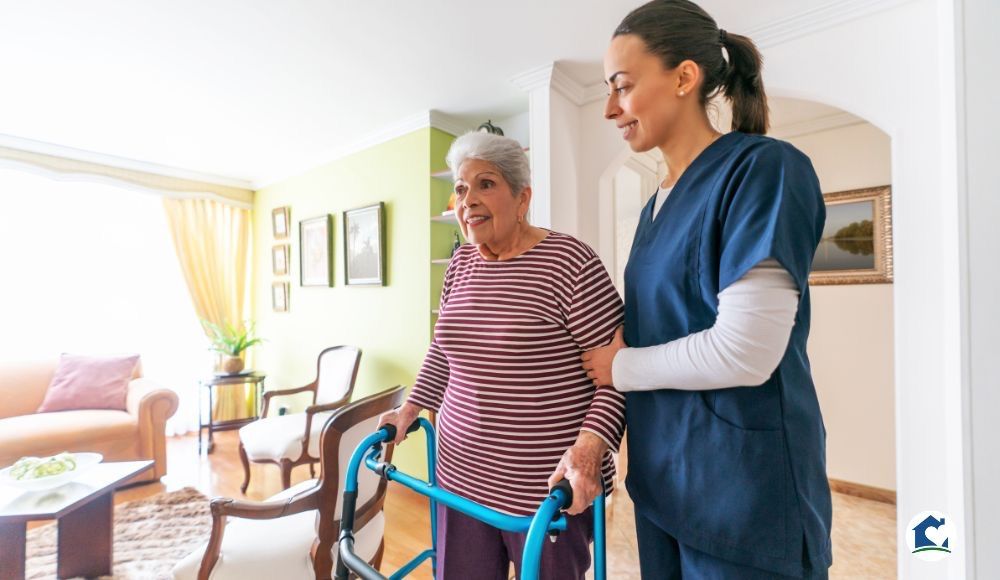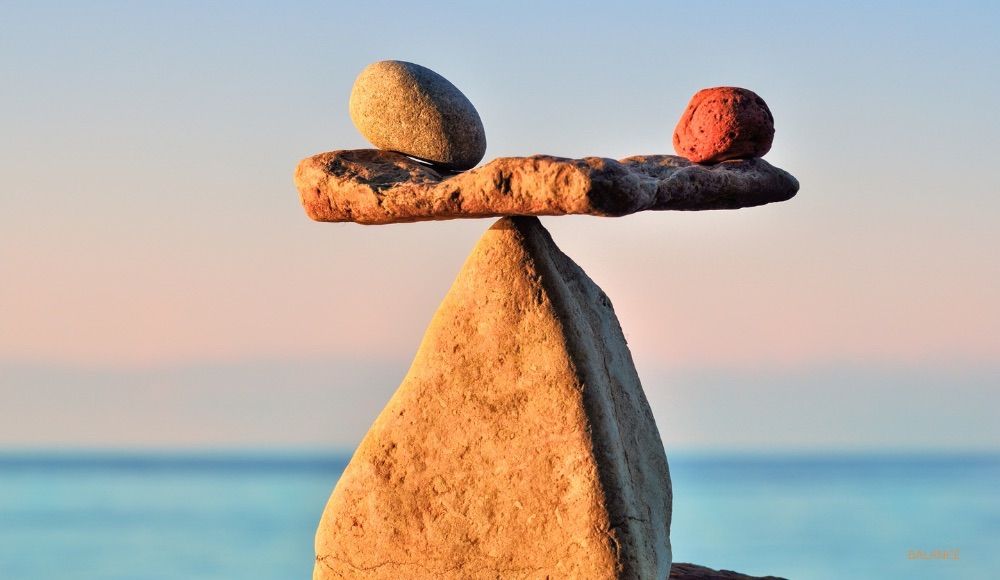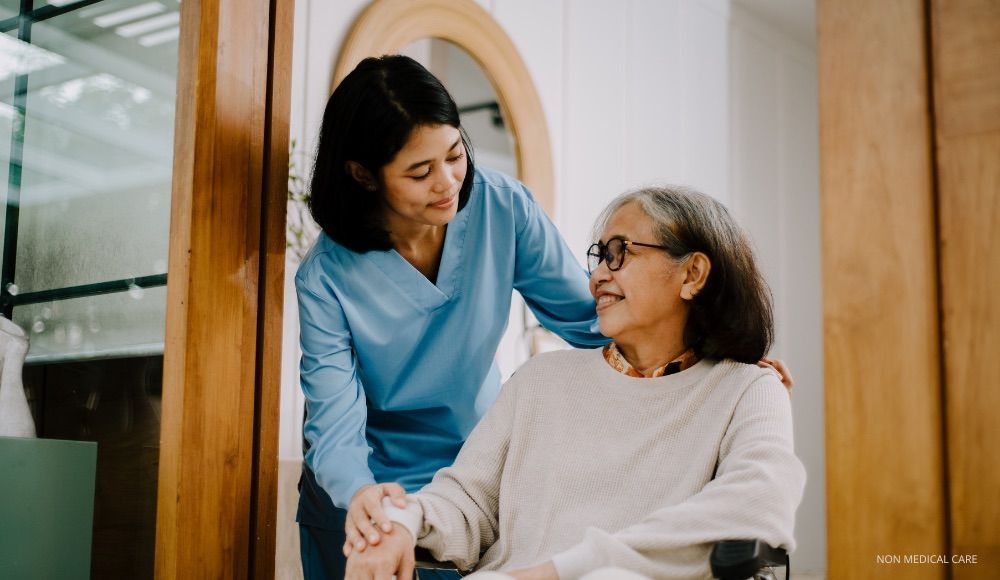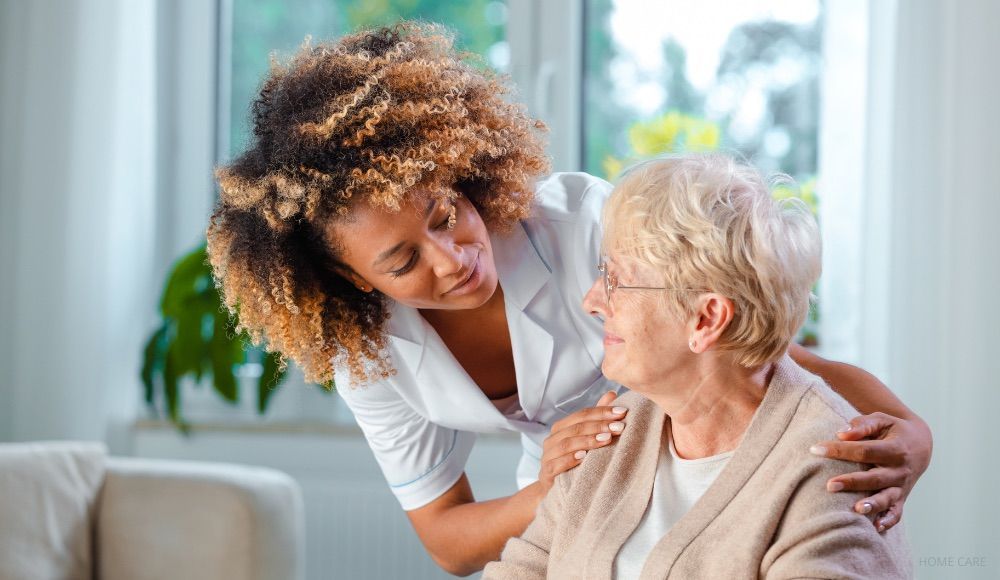Geriatric Care: Tips to Prevent Falls
Fall prevention is important for adults of all ages, but especially for the elderly who are more prone to broken bones. One in four Americans aged 65 and older fall each year, according to the U.S. Centers for Disease Control and Prevention.
Whether it’s slipping from bad traction, dizziness from medication or environmental factors like electrical cords, some of the most common reasons that people fall occurs in the home. Here are a few simple changes you can make in your loved one’s home to prevent falls:
- Clear the clutter! Keep floors free of debris, especially in high-traffic areas.
- Create a safe space. If there are rugs in the home, make sure to tape them in place or use skid-proof backing. Run electrical wires along the wall instead of across the room. Don’t forget about lighting! Install bright bulbs in stairwells and hallways for better guidance.
- Add safety supports. Install handrails and grab bars along the stairs and in the bathroom. If the grab bars aren’t enough support, consider using a shower chair and hand-held shower head.
- Dress appropriately. If your loved one has trouble moving about their home, it’s important to wear properly fitting clothing that doesn’t drag on the ground or get caught as they’re walking. Wearing sturdy rubber-soled shoes can also prevent slips.
While these tips can go a long way toward making sure your loved one remains safe at home, sometimes falls still happen. Remember to share these tips to help prevent broken bones during a fall:
- Fall correctly. Avoid falling on your side because it may cause a broken hipbone. Instead, try to fall forward or backward.
- Break a fall. If possible, try to grab on to something in the home or use your hands to break a fall.
- Protect your head.
Head injuries can be very serious, so position your head in a way that protects it.
- Stay loose. Try breathing out as you fall to keep your body relaxed. Tension can cause your injury likelihood to go up.

